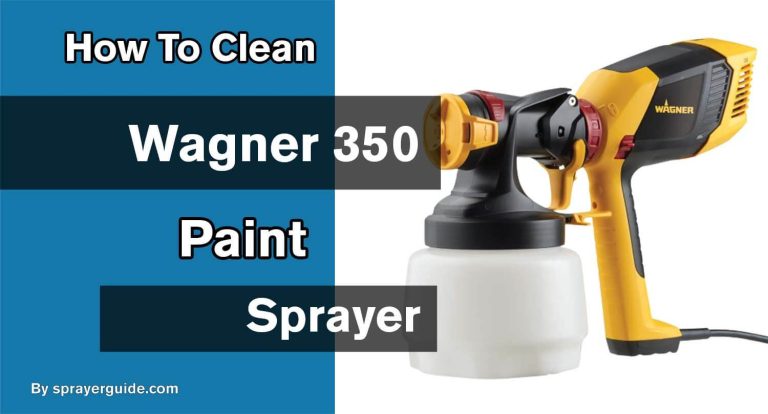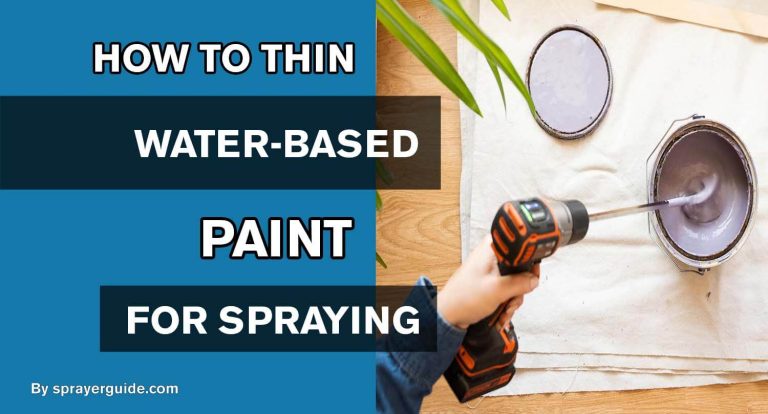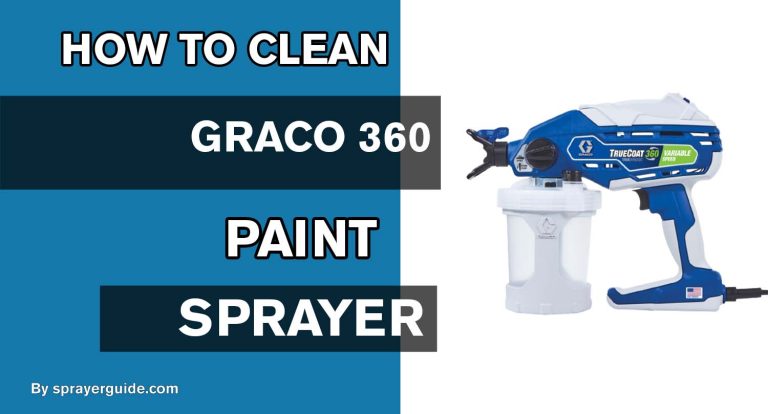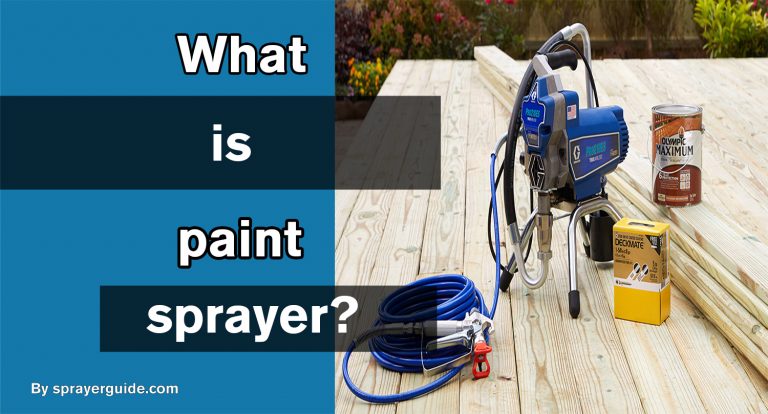Are you a beginner spray painter who’s looking to master the basics? Or maybe you’re an experienced pro with questions about how long primer needs to dry before moving on to your next art project. Primer is essential when it comes to painting, as it is the foundation of your work by providing an even surface and preventing chipping or fading. Understanding the drying time of primer makes all the difference in ensuring that your projects come out perfect every time! In today’s article, we’ll go over everything you need to know about proper spray paint primer drying times and the factors affecting them. Read on for more information!
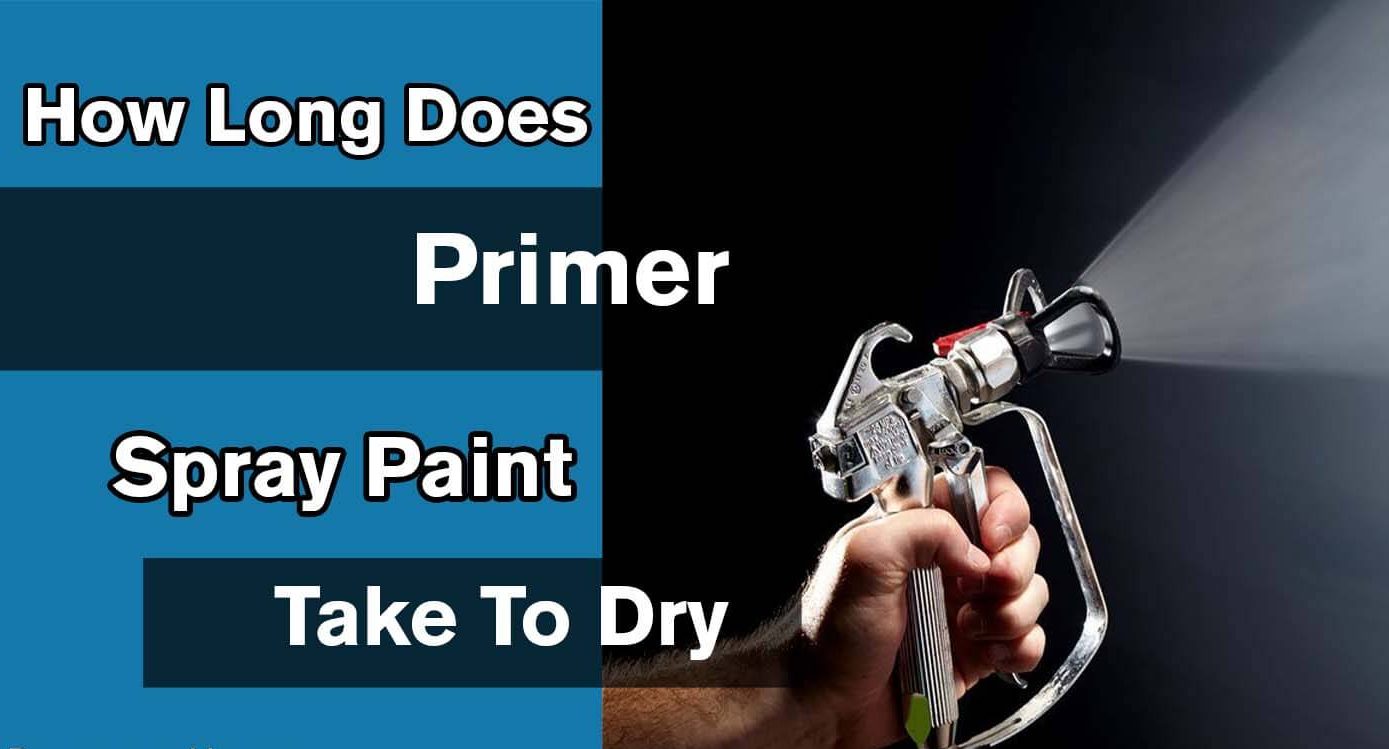
What are the benefits of primer spray paint?
Primer spray paint offers some key benefits over traditional paint, including:
Improved Adhesion:
Primer spray paint has a smooth and consistent finish that helps improve topcoat paint adhesion. This means it won’t chip or flake off, providing you with even coverage throughout your project.
Durability:
Primer spray paint also adds durability to your paint job, forming a solid bond between the surface and the top coat. It will protect against wear, weathering, and other elements more effectively than traditional paints alone.
Quick Drying Time:
Applying primer spray paint is quick and easy as it dries almost instantly after application, meaning you can move on to using the topcoat sooner rather than later.
Easy to Apply:
Primer spray paint is easy to apply and covers large areas accurately and precisely. This makes it ideal for use in larger projects or where the surface area needs to be covered quickly without sacrificing quality.
Cost-Effective:
Primer spray paint is typically less expensive than traditional paints, making it a cost-effective option for those looking for a quick and easy way to get the job done.
Versatility:
Whether you’re painting wood, metal, plastic, or any other material, primer spray paint can help provide even coverage over whatever surface you’re working on.
Rust Prevention:
Primer spray paint provides an extra layer of protection against rust on metal surfaces, making it ideal for outdoor projects or when working with metals prone to oxidation.
Reduced VOCs:
Primer spray paint also contains fewer volatile organic compounds (VOCs) than traditional paints, making it safer and more environmentally friendly.
Odorless:
Primer spray paint is virtually odorless, unlike some other paints, and won’t release toxic fumes into the air during application. This means you can work indoors without worrying about unpleasant smells and odors lingering afterward.
Color Consistency:
Applying primer spray paint ensures that the underlying color remains consistent throughout your project, making the finish more even. This makes it an excellent option for those looking to achieve a professional-looking finish without spending much time and effort.
Overall, primer spray paint offers numerous benefits over traditional paints, making it an excellent choice for projects of any size and scope. Whether indoors or out, primer spray paint can help ensure you get the perfect finish every time.
How to Use Primer Spray Paint to Get the Best Results?
Primer spray paint is a great way to get a perfect finish on your project. With the proper technique, you can ensure that your primer coat has the best possible adhesion and the most even coverage. Here are some tips for using primer spray paint:
Prep the Area:
Before applying any primer paint, make sure the surface you’re painting is clean and debris-free. Use a damp rag to wipe away dirt and dust, then sandpaper to smooth out rough spots.
Choose Your Primer:
Many different primer spray paints are available, so choose one that will work best for your project. Consider factors like adhesion, durability, and thickness when selecting a product.
Shake It Up:
Before using your primer spray paint, shake it up for at least two minutes to mix all the components correctly. This ensures an even coat of paint on whatever you’re priming.
Test It Out:
Before you begin your project, test the primer spray on cardboard or scrap wood to ensure it comes out evenly and consistently.
Apply Evenly:
When using any aerosol paint, hold the can 8-10 inches away from the surface and move steadily while spraying. Don’t linger in one spot for too long, as this could cause an uneven coat of paint.
Let It Dry:
Once you’ve finished applying primer spray paint, allow time to paint dry completely before moving on with your project. Depending on the type and brand of primer used, drying may take 3 to 4 hours.
Primer spray paint is a great way to get professional-looking results on your project. Still, it’s important to remember that proper preparation and application are crucial to success. These steps will help you achieve the best finish possible with your primer coat.
How Long Does Primer Spray Paint Take To Dry
Primer spray paint is essential to any painting project and a must-have for any keen DIY enthusiast. It helps to ensure your paintwork lasts longer and looks better, with the bonus that it requires fewer coats of topcoat. Knowing how long primer needs to take to dry before applying topcoat is vital in ensuring a successful painting job.
In general, primers should be allowed to dry for at least 3 hours before applying the first coat of topcoat. Depending on the type of primer and the surface it has been used to, this time can vary somewhat, but as a rule of thumb, it’s best practice to allow at least three hours of drying time before beginning work on the topcoat. This will ensure that the primer has adhered to the surface correctly and that there is no risk of moisture coming off or damaging it.
It’s also important to remember that different primers require other drying times, so always check the instructions when selecting a product. Specific specialized primers can take up to 24 hours to dry completely, while others may only need an hour or two – double-check this information before starting your project.
Depending on the type and application process, primer spray paint takes 3-4 hours to dry. It’s best practice to give your primer longer than this if possible, as it helps ensure a better finish and longer-lasting paintwork. By following these guidelines, you can be sure your painting project will look its best!
Tips for speeding up the drying time of primer
Increase the Room Temperature:
Increasing the room temperature can help speed up the drying process of primer by helping to evaporate moisture in the air, allowing it to be quickly absorbed into the primer.
Utilize a Fan or Air Circulator:
Using a fan or an air circulator can help increase airflow around the area and accelerate moisture evaporation from primer, speeding up drying time.
Add Heat Source:
Adding a heat source, such as a hair dryer pointed toward primer, can also speed up drying times significantly. Ensure you only use low settings and keep your distance from the paint, as too much heat can cause blistering and bubbling on freshly painted surfaces.
Use a Heating Mat:
This type of product is specifically designed to speed up the drying process of primer and can be placed underneath the area you are painting. The heat generated by this mat will help evaporate moisture from the primer, speeding up its drying time.
Try Quick Drying Primer:
If you need your project done quickly, a quick-drying primer can help reduce the drying times. Read through all instructions carefully before use, as this type of paint requires special preparation and application techniques for the best results.
Ventilation:
Lastly, good ventilation is essential when it comes to speeding up the drying process of any paint or primer; Make sure you open windows and doors in the room to help circulate air and reduce moisture levels.
Following these tips will help ensure your primer dries faster, allowing you to complete your project easily. Remember to take all necessary safety precautions when working with spray paint or primer, as some paints can be dangerous if not handled correctly.
Frequently Asked Questions:
Rustoleum primer typically takes 15-30 minutes to dry to the touch, 1-2 hours before it can be handled, and 48 hours until completely dry.
After one hour or 48 hours, you can apply a second coat or top coat. Be sure to allow enough time between coats for proper drying and curing.
While there are no guaranteed ways to speed up priming times, you can shorten it by increasing the temperature and humidity in your workspace. Ensure that an optimal temperature of 70°F (21°C) with a relative humidity of 50% is maintained for best results. Additionally, using an aerosol primer can help reduce drying time.
Applying additional coats while your previous coat is still wet is not recommended, as this could lead to poor adhesion, bubbling, or other imperfections. Ensure each coat has dried completely before applying the next one to achieve the best results.
Yes, you can use a different type of paint for your primer if it is compatible with the other paints you plan to use. Please read the directions on each paint can and verify that all products are compatible before using them together. Also, follow proper safety protocols when working with any paint or primer.
Applying primer in cold weather may cause slow drying times and could result in poor adhesion and bubbling. For best results, ensure an optimal temperature of 70°F (21°C) with a relative humidity of 50% is maintained. If this is not possible, consider using an aerosol primer to help reduce drying time in more excellent conditions.
Applying a top coat to your primer while still wet may cause bubbling and poor adhesion. Ensure the primer has dried completely before applying any additional coats or finishes. This will help ensure that you achieve the best results.
Yes, the type of surface you are priming can impact drying times. Primer tends to dry more quickly on hard surfaces such as metal and glass than on porous surfaces such as wood or fabric. Read the directions on your primer can and adjust drying times accordingly.
Brush-on primer typically takes 1-2 hours to become touchable, but it should be allowed to cure for at least 24 hours before any other painting is applied. Refer to the manufacturer’s instructions for more information on fixing times like spray paint.
Conclusion:
Finally, no definitive answer is how long primer spray paint dries. Depending on the product and application method, a coat of primer can take anywhere from 30 minutes to 24 hours to completely dry. As a result, before beginning any project, always read the spray paint instructions. This ensures you get the best possible outcome and that your finished project looks great! Keep in mind that patience will be required throughout this process. Even if you use a primer spray paint that dries quickly, you may need to apply multiple coats for complete coverage. As a result, to ensure your project looks its best, allow each coat of primer to dry before applying additional layers.
Read More:
- How Long Does Primer Spray Paint Take To Dry
- How To Spray Paint Wood Chairs
- How To Thin Water-Based Paint For Roller
- How Long Does Spray Paint Take To Dry Metal
- Is It Better To Spray Or Roll the Interior Paint
- Does A Paint Sprayer Use More Paint Than A Roller
- How To Thin Water-Based Paint For Spraying
- How To Clean Wagner 350 Paint Sprayer
- How To Paint A Textured Ceiling With A Roller
- Which Is Better, Air Or Airless Paint Sprayer
- How To Use Hvlp Spray Gun
- How Long Does Spray Paint Take To Dry On Cardboard
- Graco Magnum Prox17 VS X5

